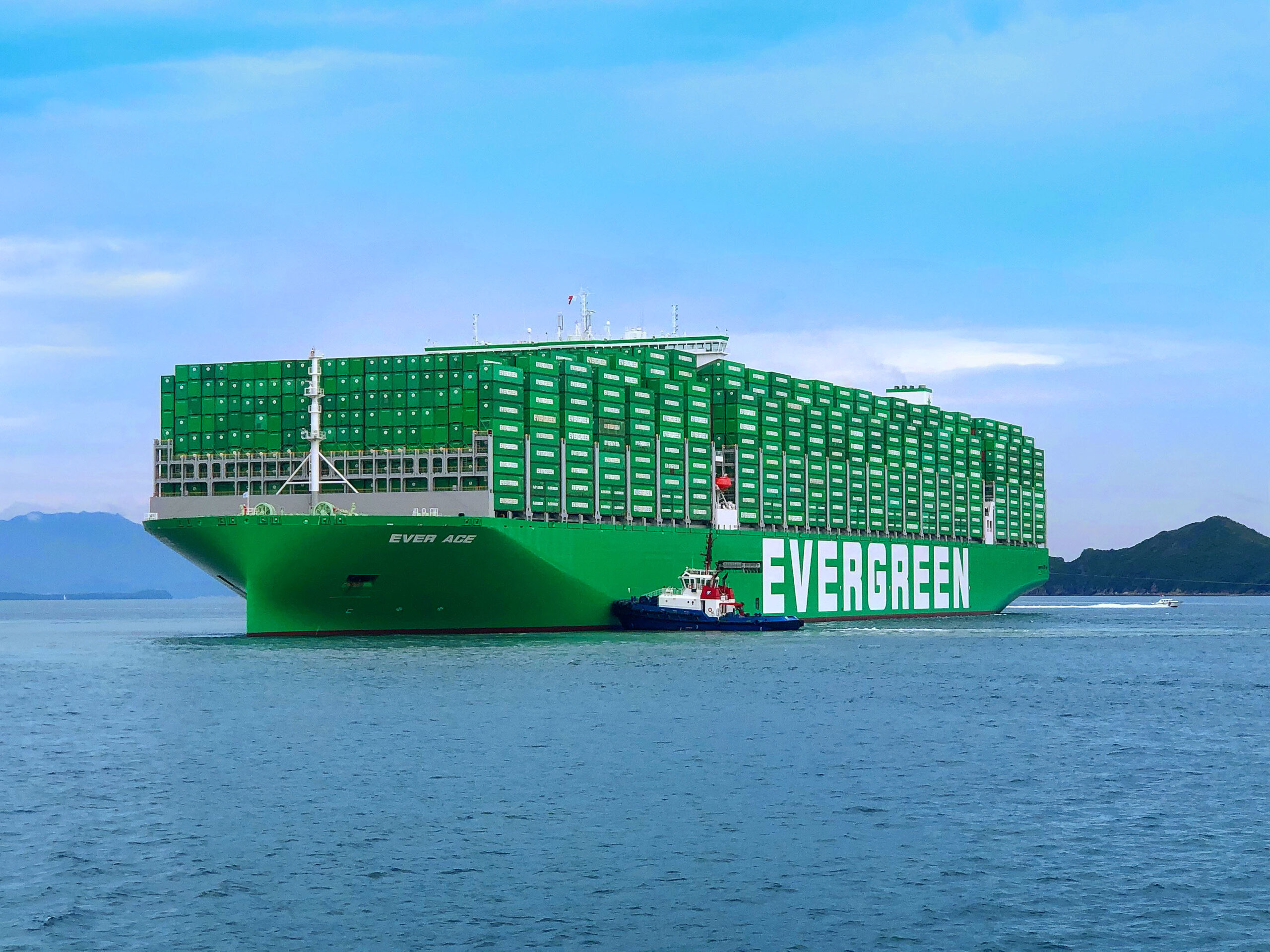These days, visibility seems to be on everyone’s lips in the logistics industry. But what does visibility actually mean? And is high visibility really equivalent to good logistics performance? Someone once said: We see no more than we expect to see. Perhaps there is some truth to those worlds. Let me explain what I mean.
The definition of visibility in the logistics industry
Before we go into detail on the subject, let us sort out what visibility actually means.
In the logistics industry, visibility is very much focused on providing information about where the goods are at any point; from the handling of raw material to the delivery of the end product.
Many transport and logistics companies use supply chain software to collect data and monitor shipments. Customers are notified about a number of events such as when their order is packed, that their parcel is loaded on a truck, that it is currently in transit and so on.
However, one can ask if that kind of visibility is contributing to good logistics performance? Maybe we should start by asking ourselves what we mean by logistics performance? And also consider performance for who?
Supply chain visibility should be all about perspective
In today’s information society and the digital era we live in, it seems like transport and logistics companies are sometimes forgetting about the most important thing when focusing on visibility:
Perspective.
There are so many different parties involved in a supply chain; suppliers, manufacturers, transport companies, distributors, retailers, and customers. And each party has different needs, expectations, and preferences when it comes to visibility.
Have you ever heard the story about Pablo Picasso and the man who approached him at his exhibition in Paris? This is how it goes:
A man approached Picasso at his exhibition in Paris and asked: “Why don’t you paint people the way they look?”. “Well, how do people look?” Picasso asked. The man took a photograph of his wife out of his wallet and gave it to Picasso. Picasso studied the photograph carefully. Then he said: “She is awfully small, isn’t she? And very flat too.”
Create supply chain visibility based on customer need
In other words, people have different perspectives and they also perceive things differently. This applies, not least, to logistics and supply chain management where many different parties collaborate to achieve one common goal.
As a transport and logistics company, it is crucial to not just provide information but, more importantly, provide the right type of information and adapt it to your recipients.
Not having enough data is rarely a problem. On the contrary, too much and irrelevant data and not knowing what to focus on is more often the issue. It is not unusual that transport and logistics companies provide excessive quantities of data and superfluous information when, many times, the customers are really only interested in knowing if something deviates from the original plan and the suggestions for potential countermeasures.
As a transport and logistics company, you need to view the world from your customer’s perspective and adjust the visibility accordingly. Talking about visibility before you know your focus is absolutely useless. Only when you know what is important, you can create the visibility your customers find useful.
High visibility versus good logistics performance
Good logistics performance is a balancing act that should be based on strategic priorities, tactical challenges, and operational pre-conditions. As with supply chain visibility, it is important to start at the right end and define what you want to achieve.
There are many different factors that determine good logistics performance, and supply chain visibility is one of them. However, as stated previously, providing as much data as possible does not necessarily contribute to good logistics performance, unless the data is relevant to the recipients.
To sum it up: Do you want your supply chain to be fast and agile, highly predictable, dirt cheap, or just average across the board? Start by deciding that, and then we can talk about how to adjust your visibility and create logistics performance that meets your specific needs.
I hope you enjoyed my post and perhaps found it somewhat refreshing. Do you agree with me or not? Let me know in the comments, I would love to hear your thoughts! To find out more about Greencarrier Freight Services, please visit our website.




